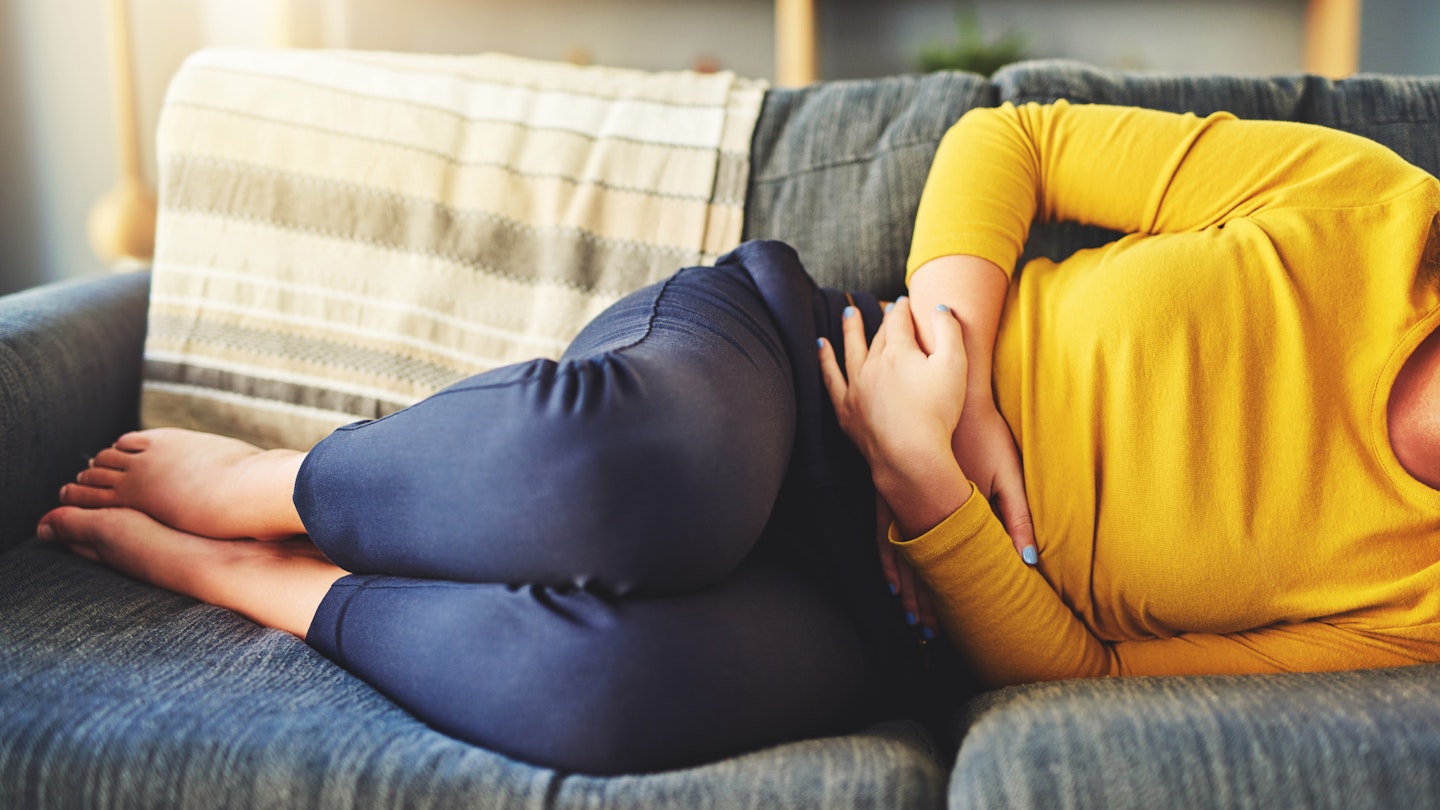A new report by MPs has concluded what we've known for years, the UK needs urgent improvement in the treatment of endometriosis, including diagnosis time and care. With more than 10,000 people taking part in an All-Party Political Group inquiry, it found harrowing new statistics that show 58% of people visited the GP more than 10 times before diagnosis with the average wait still eight years - a figure that hasn't improved for more than a decade.
So what is endometriosis? Endometriosis is a gynaecological disease that affects one in ten women of reproductive age. That’s 1.5 million in the UK alone, a staggering 176 million worldwide, and despite this relatively little is known about it. What we know from those women is that endometriosis pain affects them every single day. On average, women will wait seven and a half years from first experiencing the symptoms of endometriosis to actually, finally getting an endometriosis diagnosis. And when they do? One in six sufferers are forced to give up work, according to new research by Standard Life.
Since research is so slow on the women's health issue, we've decided to find out everything you need to know about endometriosis. From what the symptoms are to what treatment is available, here's what you should be aware of...
What is endometriosis?
‘Endometriosis is when the lining of the womb - the endometrial tissue - finds its way into the pelvis. Basically, it’s blown back through the fallopian tubes and finds itself stuck to the organs in the pelvis’, explains specialist endometriosis nurse Wendy Rae Mitchell, who’s a member of Endometriosis UK’s Medical Advisory Panel, and the only nurse on the council of the British Society for Gynaecological Endoscopy(BSGE).
‘These [endometrial] cells respond to the hormones produced by the ovaries each month and so also bleed when you have your period’, adds Professor Nick Raine-Fenning, spokesperson for the Royal College of Obstetricians and Gynaecologists (RCOG).
‘Unlike the cells from the womb lining, which can leave the body through the vagina during menstruation, the endometriotic cellshave nowhere to escape. This leads to pain and inflammation and, in some women, damage to the pelvic organs through the formation of scar tissue and cysts’.
Endometriosis signs and symptoms
Endometriosis symptoms can include: ‘period pain that isn’t relieved by painkillers; irregular or heavy periods; pain during and after sex; pain or discomfort when going to the toilet; bleeding from the bottom or blood in the stool; and feeling tired all the time’, Professor Raine-Fenning explains. ‘The period pain is often severe and tends to occur before the period starts. However, some women have no symptoms at all’.
Endometriosis symptoms checklist
The main endometriosis pain areas are around the pelvis, typically affecting the abdomen and back – but it may also affect the legs and cause hip pain. ‘It really is a debilitating, cruel disease’, Wendy says. ‘Women experience pain that can be so bad they can’t even get out of bed’.
For 26-year-old Saschan Fearon-Josephs, that pain is a daily fact of life. ‘A good day for me is still a day with pain,' she says. 'I have some form of pelvic inflammation every day. I get fatigue from being in pain constantly, it impacts my sleeping pattern which in turn triggers my endo to flare up. I get swelling and water retention in my legs and knees’.
On her worst days, she adds: ‘I've not only been unable to get out of bed, I've physically been unable to walk or bear any weight on my joints due to the pain which often radiates down my legs and into my knees’.
How does coronavirus impact endometriosis?
With the impact of coronavirus being much greater on those who are vulnerable, endometriosis sufferers panicked as the pandemic took hold of the UK. So much so, 'endometriosis coronavirus' remains a top search term on Google even nine months after we went into lockdown. However, according to Endometriosis UK, having endometriosis does not make you more vulnerable to coronavirus.
'It is not the case that those with endometriosis are considered at increased risk,' reads their website. 'If you have endometriosis, similar to the general population, your best defence against the virus is minimising social contact and regular hand washing.'
Where coronavirus may affect endometriosis sufferers though is in the greater demand on the NHS, as is the case for many other life-altering conditions.
'If you are currently receiving treatment or waiting for an appointment for your endometriosis, you are likely to experience changes, with delays or cancellations to your appointments or surgery,' warns Endometriosis UK. 'The vast majority of endometriosis surgery will be classified by the NHS as non-urgent ‘elective’ surgery, and this means that those waiting for endometriosis surgery in the next few months will most likely have their surgery dates cancelled and re-issued in due course, and if you do not have a date for surgery, the waiting times for surgery are likely to increase.'
While this is obviously very frustrating for endometriosis sufferers who already deal with years late delays in diagnosis and treatment, Endometriosis UK has promised that 'after the acute period of this pandemic is over', they will be working with the Royal College of Obstetricians and Gynaecologists (RCOG) and others to ensure the endometriosis service is resumed.
But what about people with thoracic endometriosis?
In 10% of endometriosis sufferers, 'thoracic endometriosis' is a possibility. This is when endometriosis is found within the chest cavity, in the lungs of on the diaphragm. Because coronavirus is a respiratory tract infection, those with pre-existing respiratory problems are more at risk.So, Endometriosis UK says that 'it may be that if you have thoracic endometriosis you could be more at risk.'
For those with thoracic endometriosis, they say your best defence against the virus is minimising social contact, regular hand washing, and self-isolating if necessary. However, if you are concerned about your symptoms or treatment, it's important to go to your GP or main care provider and talk to them.
Endometriosis latest statistics
The 2020 report on endometriosis care by MPs might have concluded what we all already know, but it's a vital reminder of how stark the statistics on endometriosis are and hopefully, will give the government a much-needed push to change them.
The report found the key following statistics:
The average wait for a diagnosis is still eight years, a figure that hasn't improved for more than 10 years. Endometriosis affects one in 10 women in the UK. Of those affected, 58% of people visited the GP more than 10 times before diagnosis and 53% went to A&E with symptoms before diagnosis.
The majority of people who took part in the study, which amounted to 10,000, also said their mental health, education and careers had been damaged by the condition with 35% saying they had a reduced income due to endometriosis. However, psychological support is rarely offered - 90% said they would have liked access to support but were never offered it.
What’s the difference between period pain and endometriosis pain?
While normal periods can be a right royal pain in the uterus for a few days each month, endometriosis can have a seriously debilitating impact on sufferers’ everyday lives - from social isolation and problems retaining employment, to issues with sex and fertility.
‘I wish I could say it was just period pain! If I knew that the symptoms associated with my endometriosis only came round once a month I would have a much better quality of life than I have right now’, Saschan says.
‘My bladder is completely unpredictable so I have to plan my entire social life around what toilets are nearby. At 26, you don't expect to have to pack a spare change of underwear or wear panty liners whenever you go out, just in case’, she adds.
For Saschan, endometriosis really does impact on every single aspect of daily life. ‘I’ve lost my job as a result of my two most recent surgeries. I find sex painful a lot of the time, and it often triggers a flare up of inflammation in my pelvic area for 24 hours afterwards’, she explains.
‘I struggle with brain fog, anxiety, and low mood, and my weight fluctuates a lot due to “endo belly” and water retention, which makes me self-conscious about how I look’, Saschan adds.
‘It's physically, mentally, and emotionally draining’, she says. ‘I feel as though I'm continually going through a process of grieving for all the things I've lost and all the things I may never have. I find it difficult to be around my friends and family who have small children because I'm acutely aware of my fertility’.
How is endometriosis treated?
Although there is currently no cure for endometriosis, endometriosis can be treatedwith medical interventions to ease pain and help women manage their symptoms, and - if necessary - surgery to remove endometriotic tissue.
Typicalendometriosis paintreatment includes the use of anti-inflammatory painkillers, such as ibuprofen; and hormonal medicines and contraceptives, such as the combined pill, the contraceptive patch, or the intrauterine system.
For some women, Professor Raine-Fenning explains: ‘lifestyle changes and natural remedies can help relieve some of the symptoms, such as exercise, a healthy, well-balanced diet and the use of a hot water bottle or taking a hot bath’.
In more extreme cases though, he adds: ‘surgery is needed to treat or remove the endometriotic tissue, especially when scar tissue and/or cysts are present. This type of surgery can be complicated but there are several centres of excellence in the UK’. Why is endometriosis so difficult to diagnose?
Why did Lena Dunham have a hysterectomy because of endometriosis?
In recent years, we’ve started hearing a bit more about endometriosis thanks to celebrities sharing their personal experiences - including, in Lena Dunham’s case, the difficult decision to undergo a hysterectomy. She wrote about this decision in March 2018 for Vogue, which you can read, in her own words, here.
How is endometriosis detected?
Endometriosis can only be diagnosed using a procedure called a laparoscopy, ‘where a surgeon passes a thin tube through a small cut in your skin so they can see any patches of endometriosis tissue’.
In march last year however, there was finally some good news for Endometriosis sufferers: A new blood test was developed in the UK which could detect 90% of cases. The new blood test looks for tiny fragments of DNA in the blood, meaning it could be diagnosed within days. While it's not available on the NHS yet, it is hoped that the test will be available both privately (for a cost of around £250) and for free in the near future.
Why is endometriosis so difficult to diagnose?
However, it’s notoriously difficult to get a diagnosis of endometriosis. According to Professor Raine-Fenning, this is partly because: ‘every woman experiences the condition differently, and because symptoms can be similar to other illnesses such as irritable bowel syndrome or pelvic inflammatory disease’.
But there's arguably also an element of medical sexism, whereby women's pain isn't taken seriously and symptoms are dismissed as 'normal' period pain. A 2017 report by the All Party Parliamentary Group on women's health found that 40% of women with endometriosis saw their GP ten or more times before being referred to a gynaecology specialist.
‘Typically a GP may just say, “that’s quite common” and try you on the pill’, says Wendy. ‘The pill helps to keep your symptoms at bay because you’re not having periods, but the symptoms will come back when you come off the pill. If it affects the bowel, so the woman has painful bowel symptoms, it’s also often misdiagnosed as Irritable Bowel Syndrome’, she adds.
READ MORE: The Debrief Investigates - Hormones And Mental Health
Debrief Mad About The Pill Stats
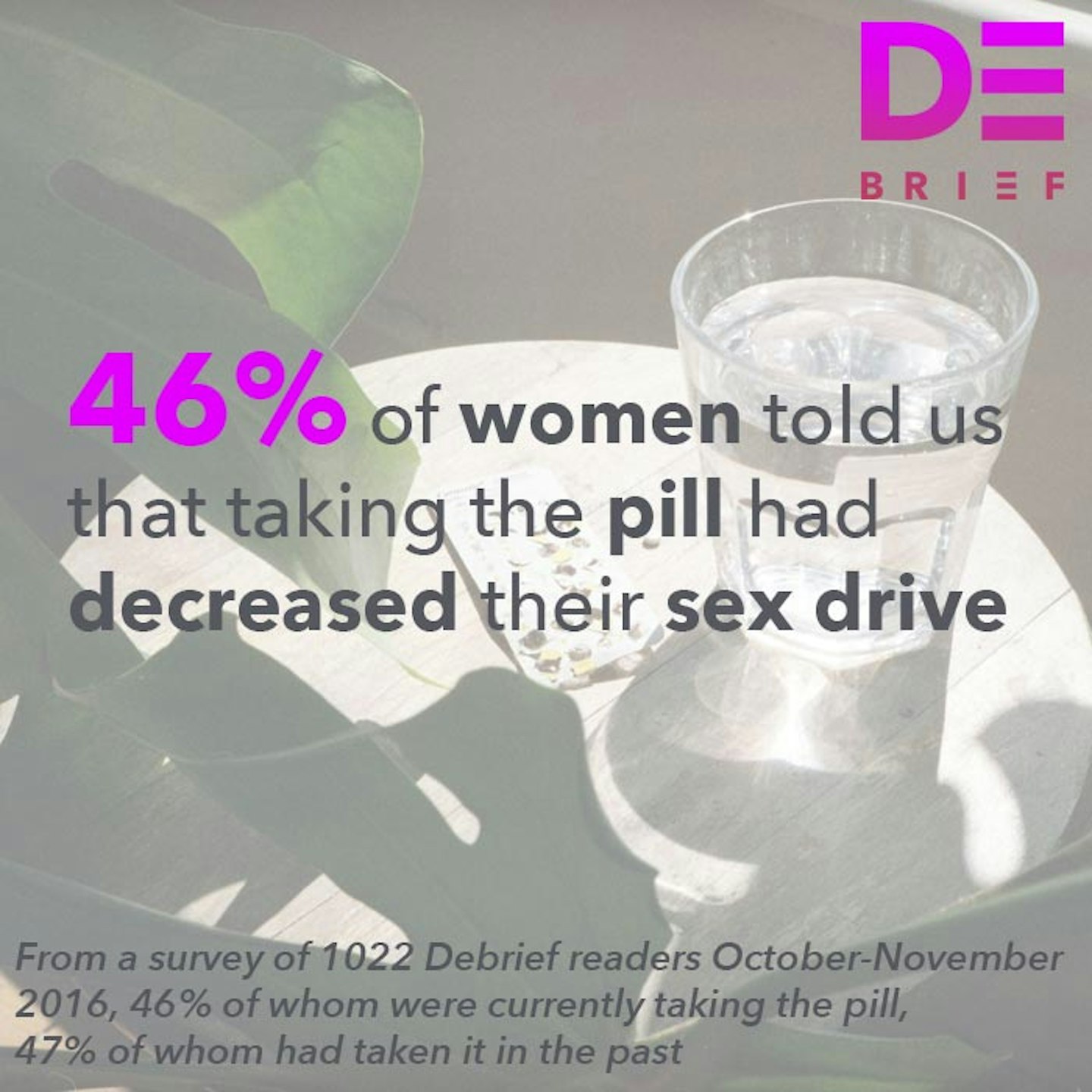 1 of 9
1 of 9Debrief Mad About The Pill Stats
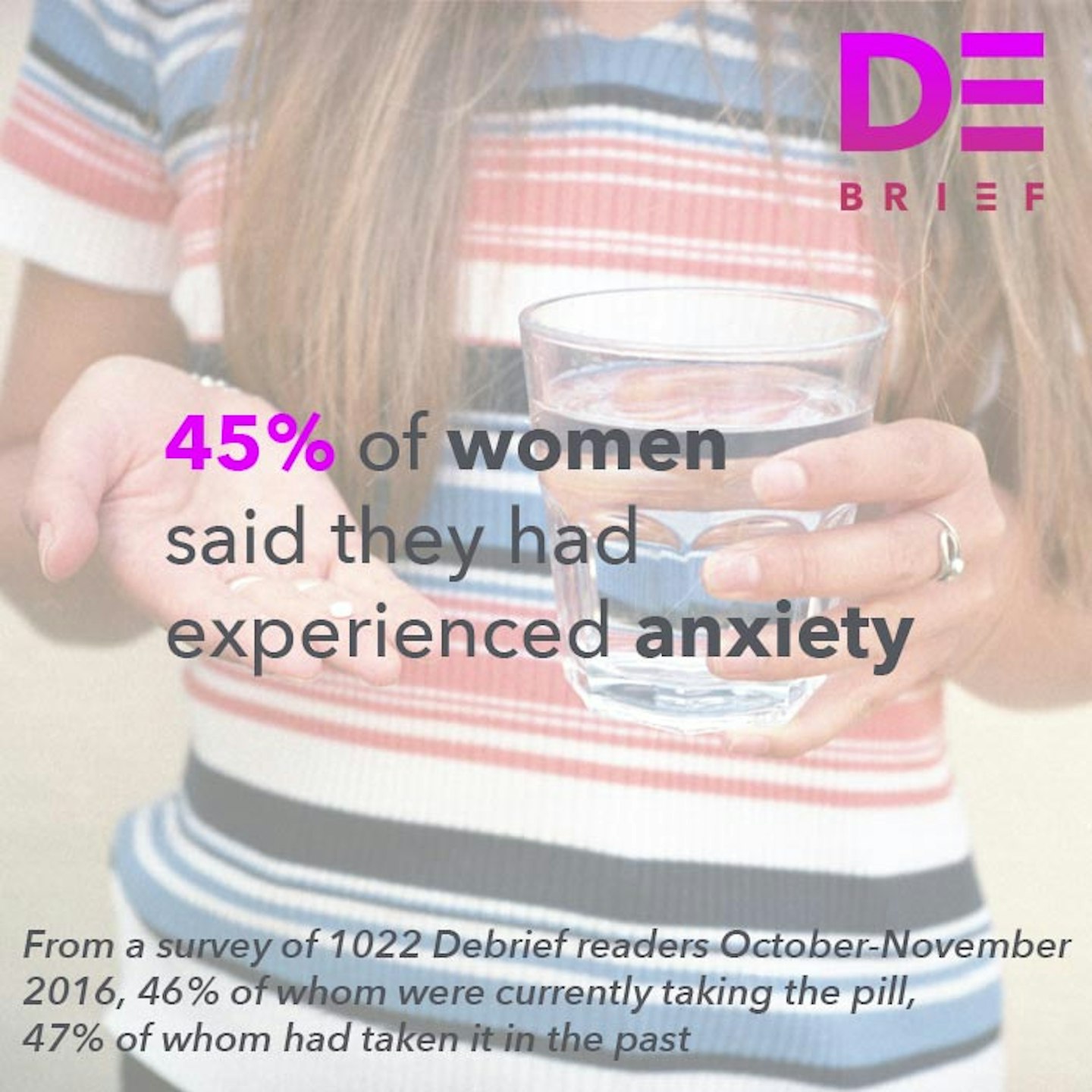 2 of 9
2 of 9Debrief Mad About The Pill Stats
 3 of 9
3 of 9Debrief Mad About The Pill Stats
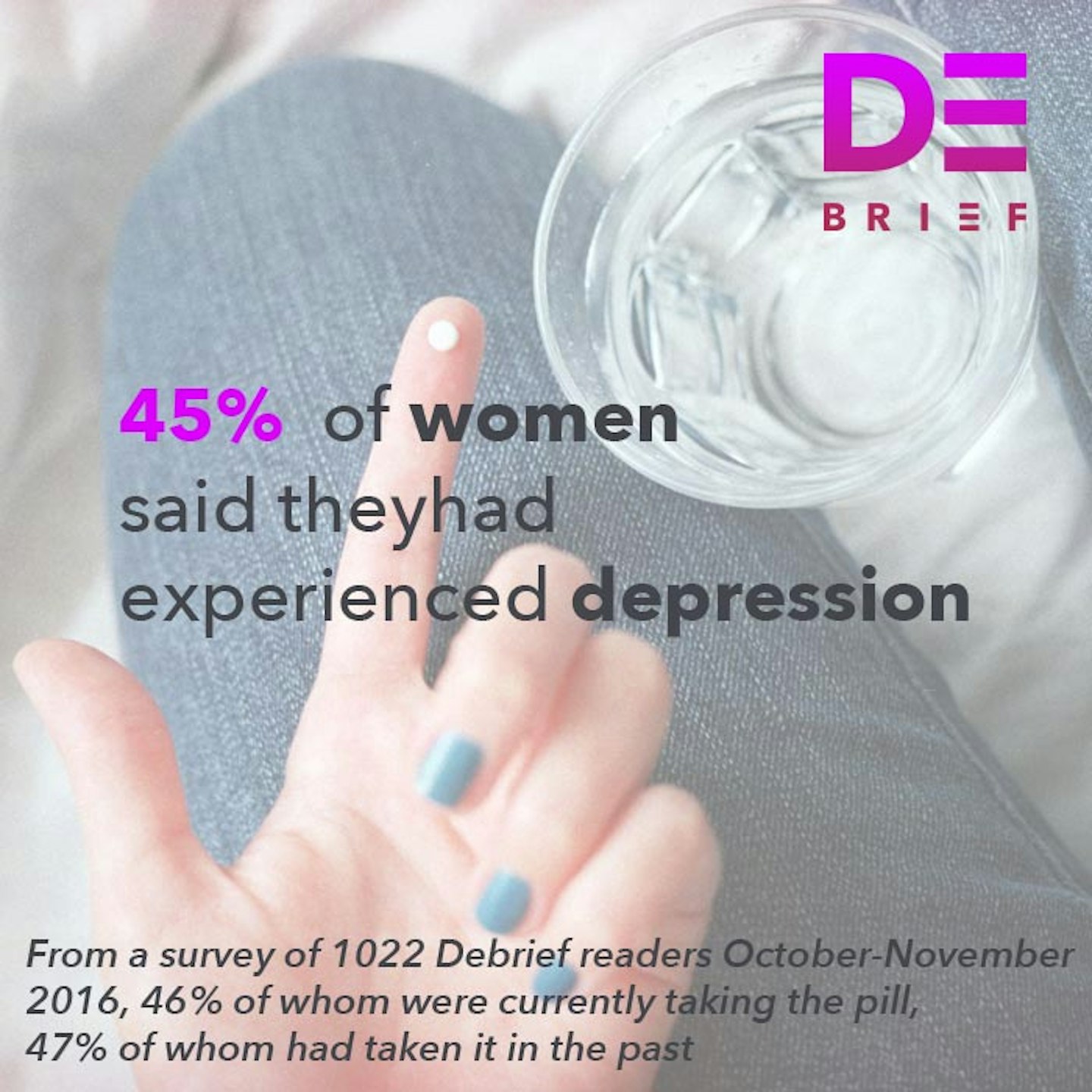 4 of 9
4 of 9Debrief Mad About The Pill Stats
 5 of 9
5 of 9Debrief Mad About The Pill Stats
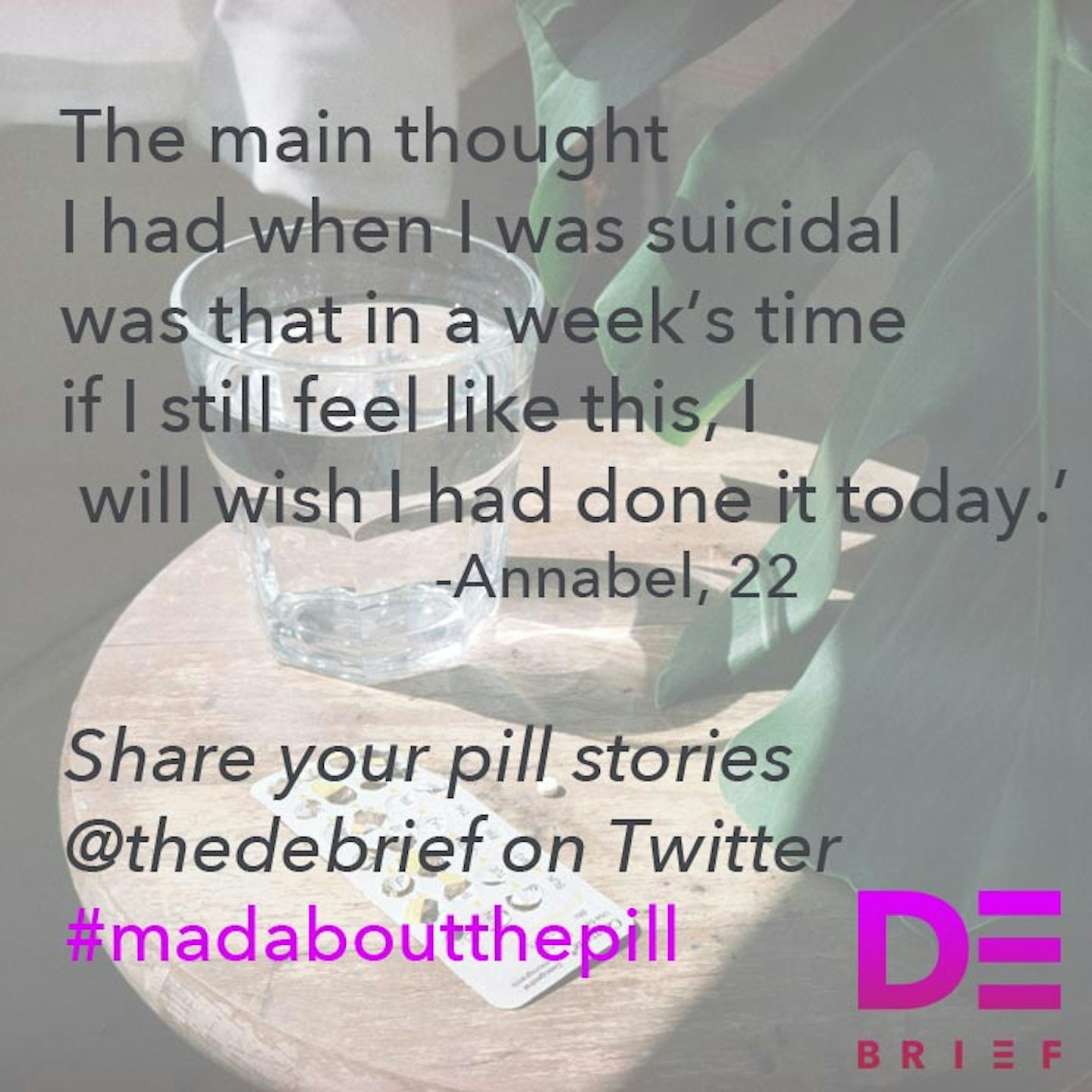 6 of 9
6 of 9Debrief Mad About The Pill Stats
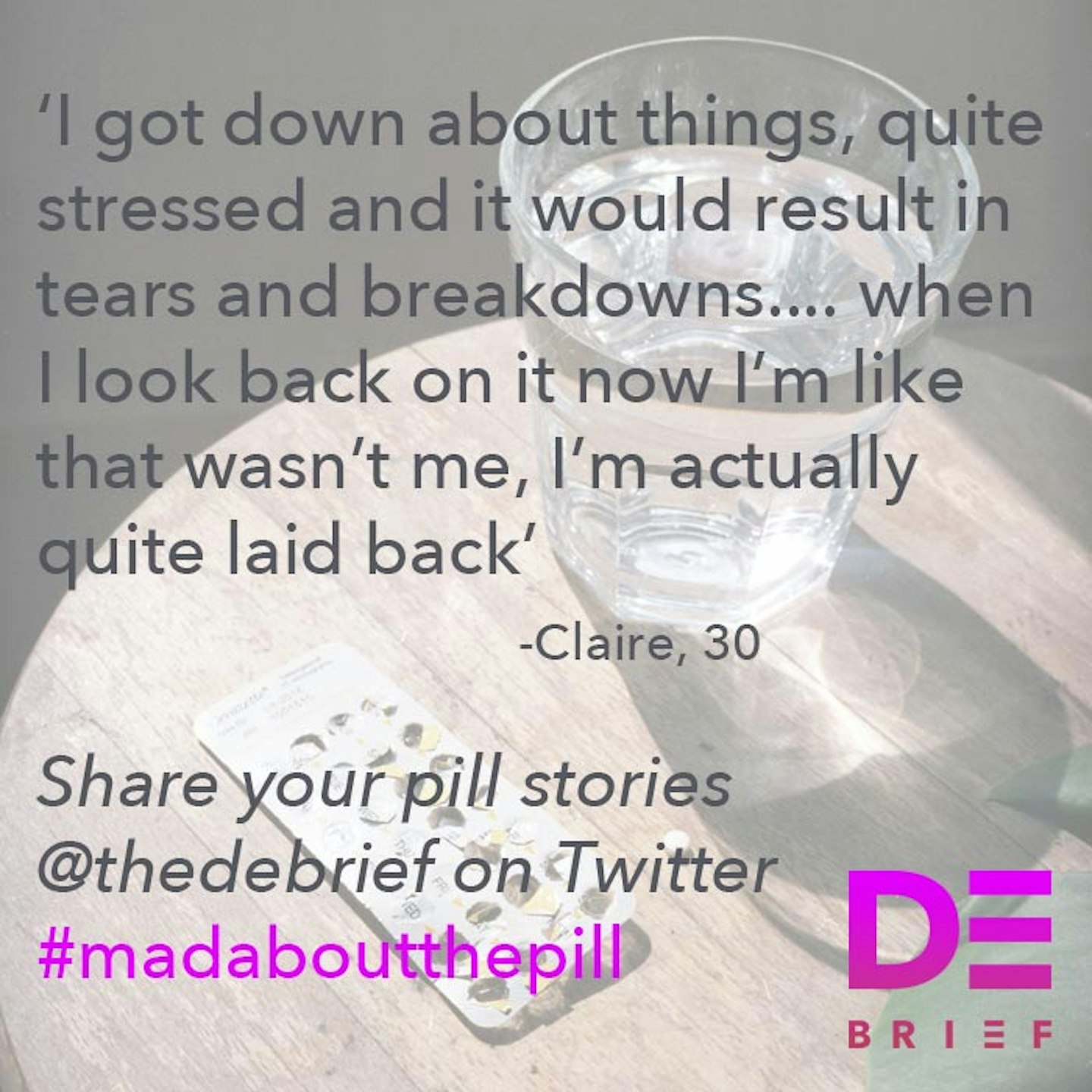 7 of 9
7 of 9Debrief Mad About The Pill Stats
 8 of 9
8 of 9Debrief Mad About The Pill Stats
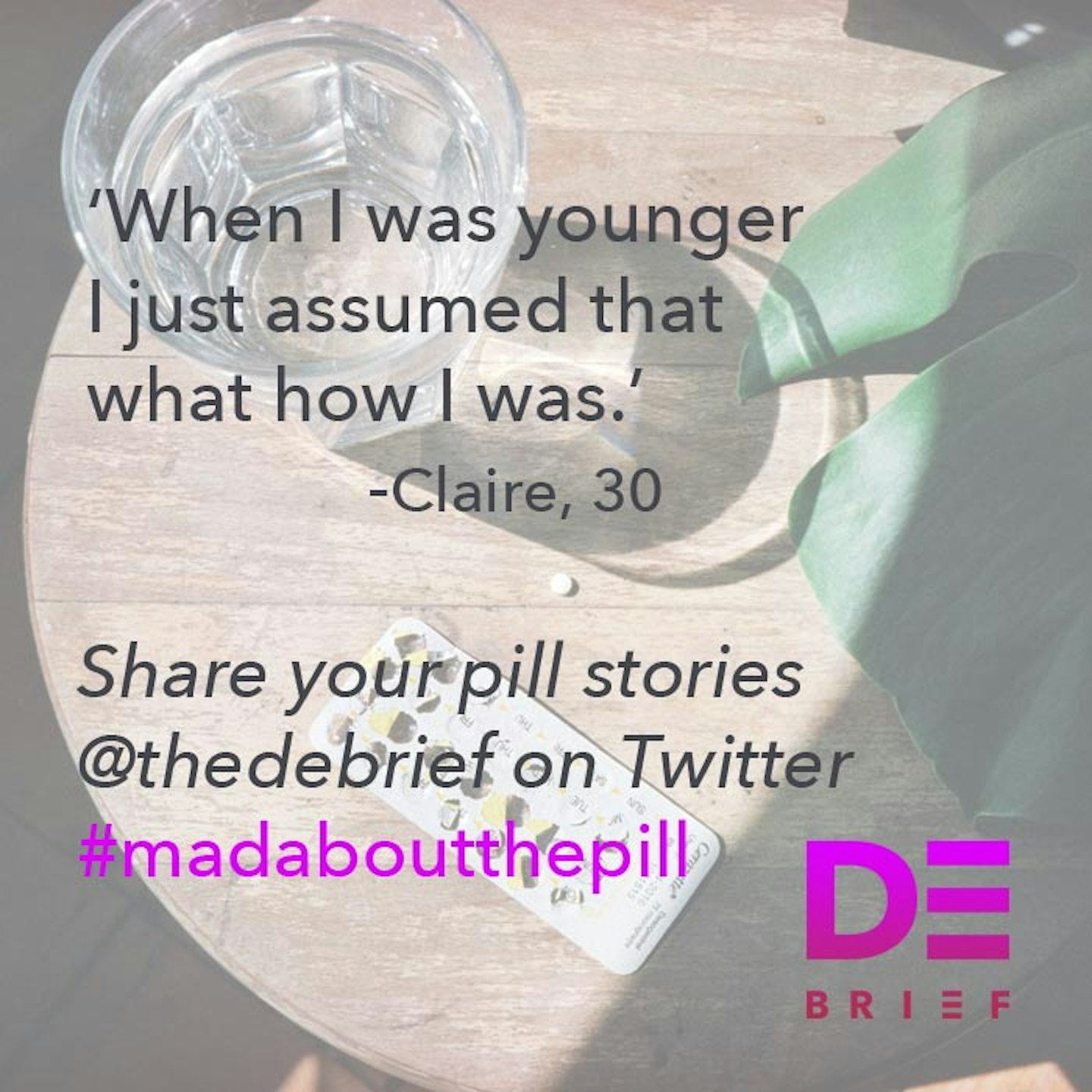 9 of 9
9 of 9Debrief Mad About The Pill Stats
Endo sufferer Neelam Heera, 28, says: ‘my doctor dismissed my symptoms for sometime. Due to this difficult relationship, and being made to feel that I was a hypochondriac, I disliked seeing a GP. I was simply told to lose weight and take the contraceptive pill to ease my pain and emotional imbalances’.
After being misdiagnosed with both Polycystic Ovary Syndromeand IBS, Neelam says it wasn't until she was hospitalised, after several days of intense pain and missing university lectures, that she was eventually diagnosed with endometriosis.
New guidelines published last year by the National Institute for Health and Care Excellence urged doctors to take possible endometriosis symptoms seriously, and seek earlier referrals for women complaining of chronic pelvic pain.
What support is available for women with endometriosis?
According to new research by Standard Life, endo sufferers can lose up to £5,469 per year in earnings as one in six are forced to take time off work. In a campaign to raise awareness of the issue, internationally-renowned photographer Rankin held an exhibition 'Beyond the Invisible' with Standard Life including images of presenters Julia Bradbury and Emma Barnett, whom both suffer with the condition.
'I personally know just how devastating endometriosis can be. But because it’s an ‘invisible illness’ it’s not obvious that someone is suffering,' Julia Bradbury said, 'We need to raise awareness of endometriosis so employers step-up and support women who have it – as a matter of urgency. It’s fantastic to see Standard Life and Endometriosis UK working together to make this happen'
Endometriosis UK is a small national organisation providing support services, reliable information and an understanding community for women suffering from Endometriosis. Both Saschan and Neelam have also set up their own support groups for women with gynaecological health problems.
Saschan initially started The Womb Roomas a blog about her feelings and experiences, and now hosts workshops to raise awareness about endometriosis and similar women's health issues, including fibroids, fibromyalgia, PCOS, and adenomyosis.
Similarly, Neelam founded Cysters as a peer support group for women living with reproductive health problems. ‘It's all about building a “cysterhood” to raise our voices and create a reproductive revolution’, she explains.
‘Cysters also deals with the cultural aspect of reproductive health’, she adds. ‘Women from ethnic minority communities are still ruled by culture and religion, which can clash with modern medicine. We are inclusive and understand these cultural impacts, so we allow these women to have a safe space were they meet bi-monthly to discuss these issues with women on the same journey as them’
Follow Sarah on Twitter @SarahGraham7
This article originally appeared on The Debrief.
